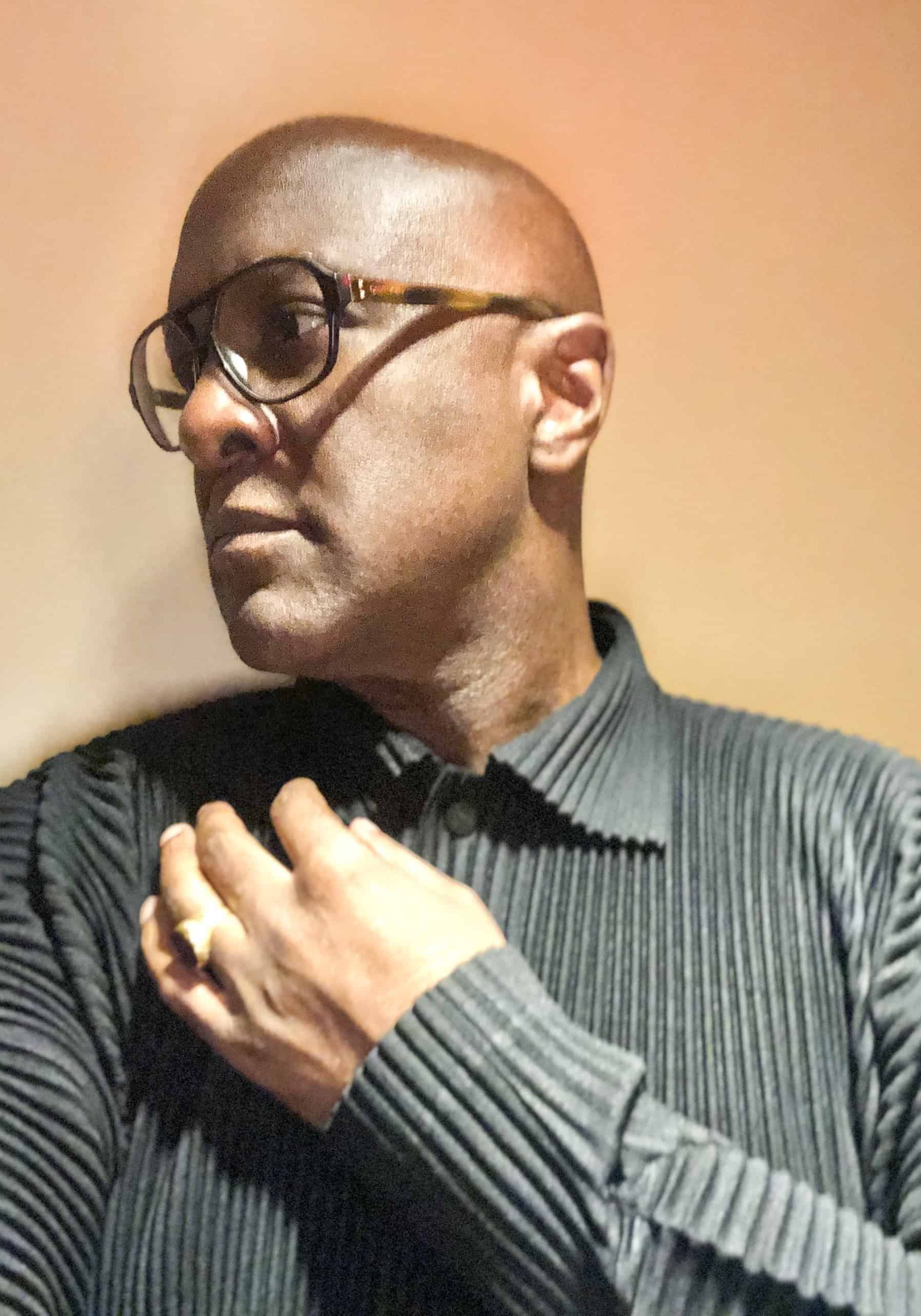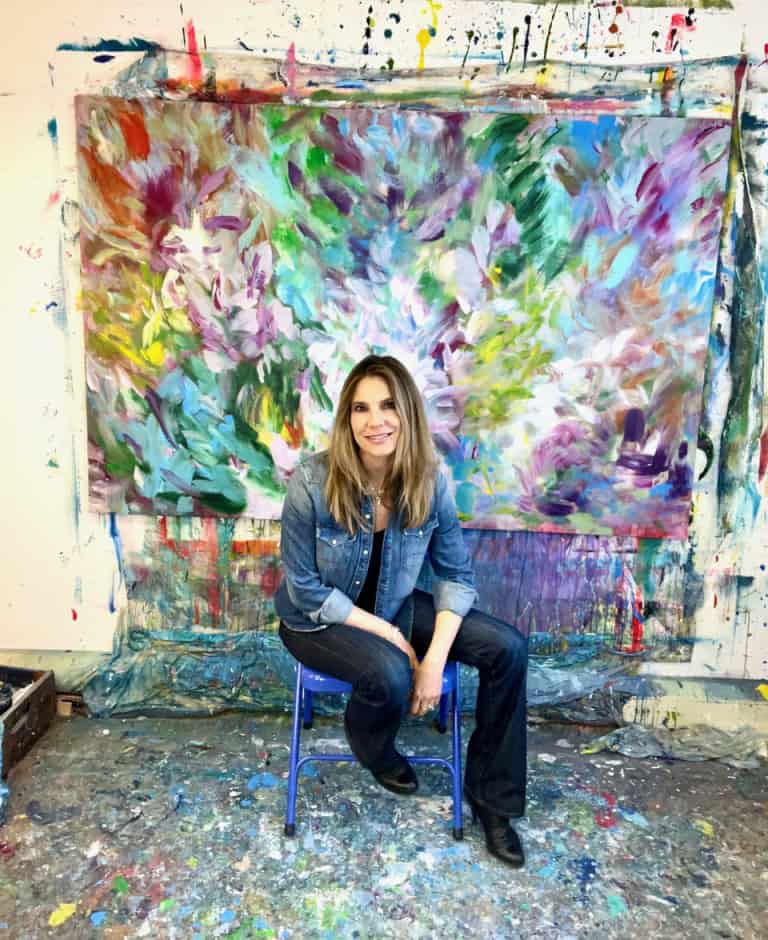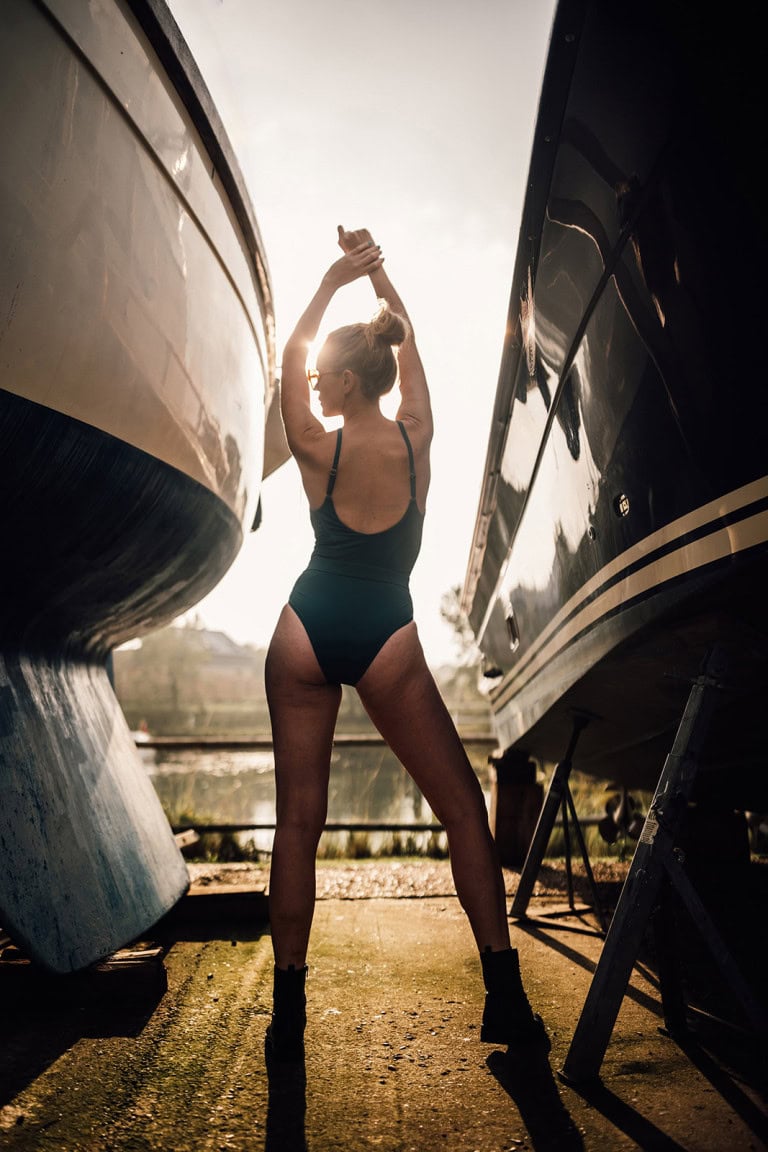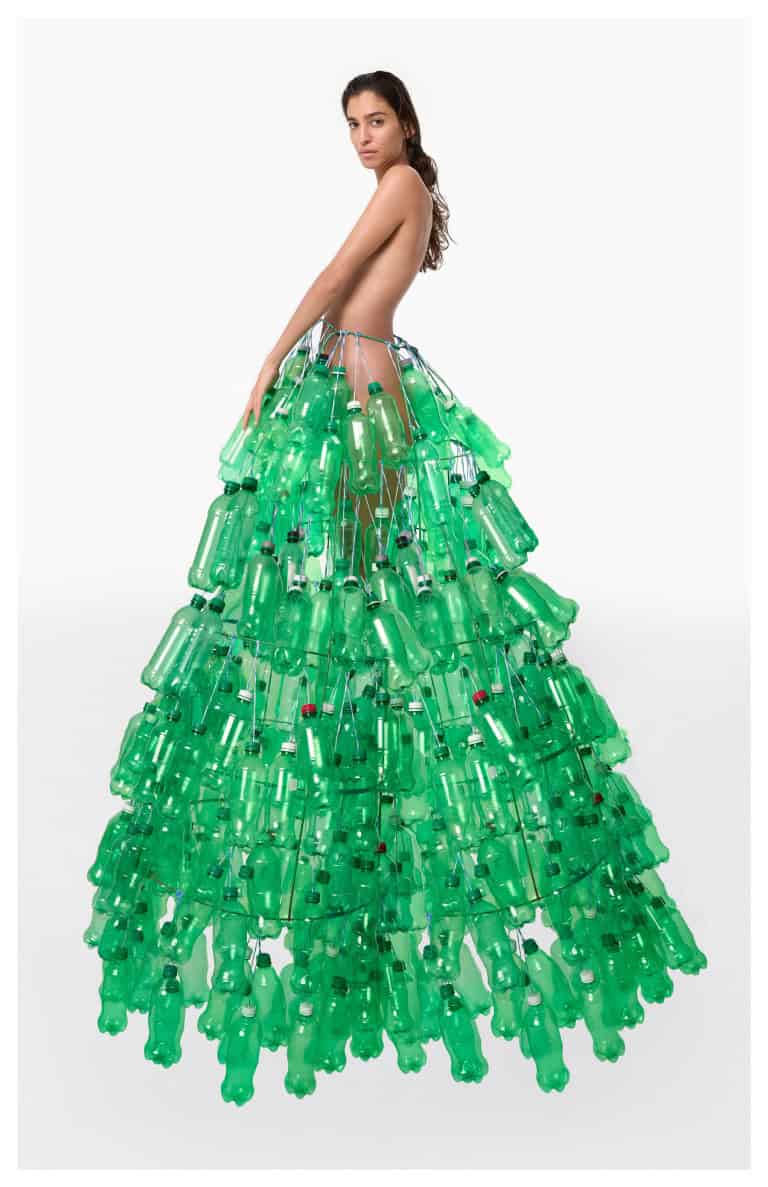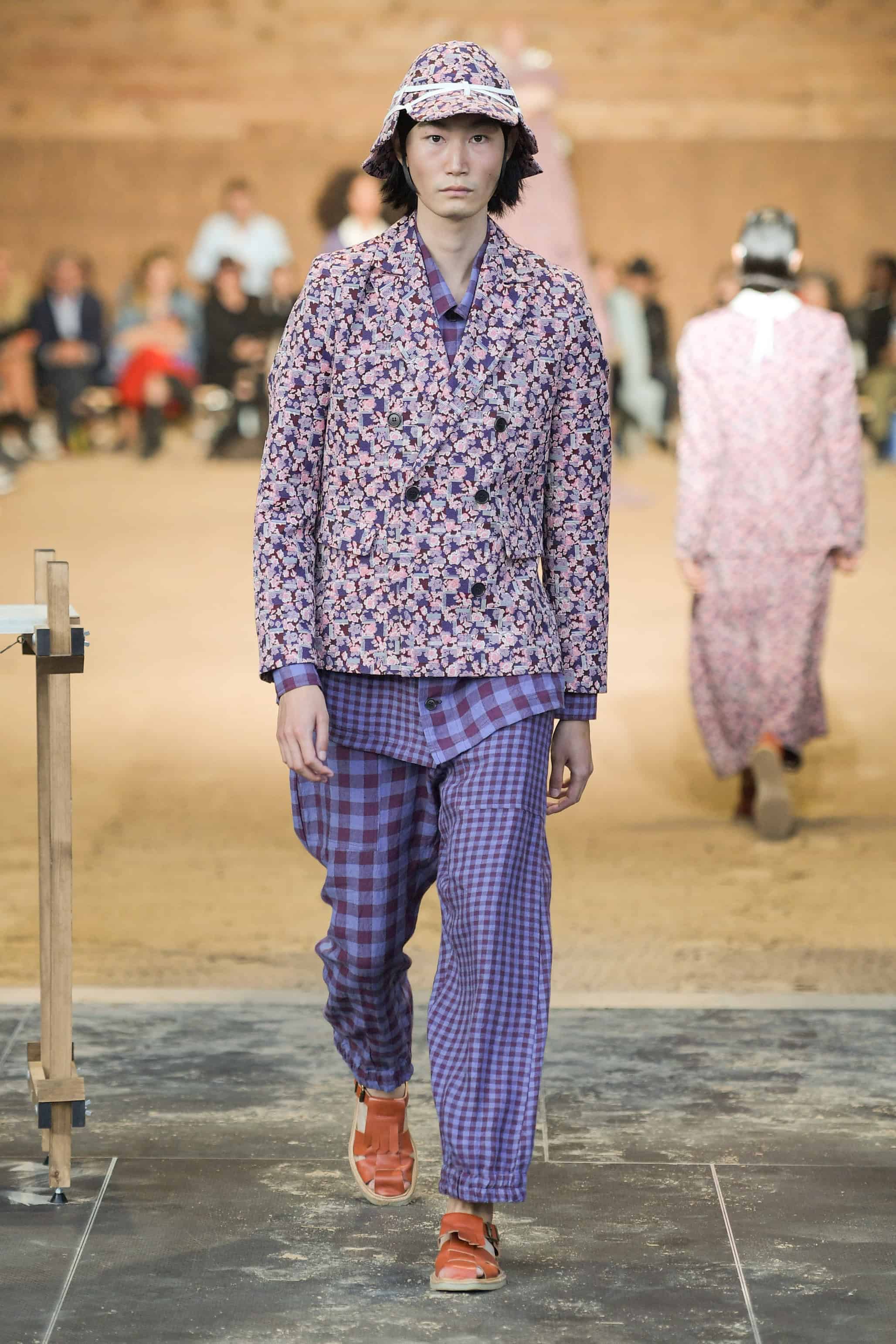
HENRIK VIBSKOV’S ‘Assembly Line’
HENRIK VIBSKOV’S ‘The Sun Will Shine on the Assembly Line’ was the finale runway show at, Copenhagen Fashion Week Spring/Summer 2022 collections.
HENRIK VIBSKOV’s presentation style is often connected to a sense of theater and performance art. He is a graduate of London’s prestigious Central St. Martins. He is also a musician and a visual artist interested in performance with undercurrents of cultural and social messages. The designer recently celebrated his twentieth anniversary in fashion, not a small accomplishment with brick and mortar boutique locations in Copenhagen and New York’s SoHo neighborhood.
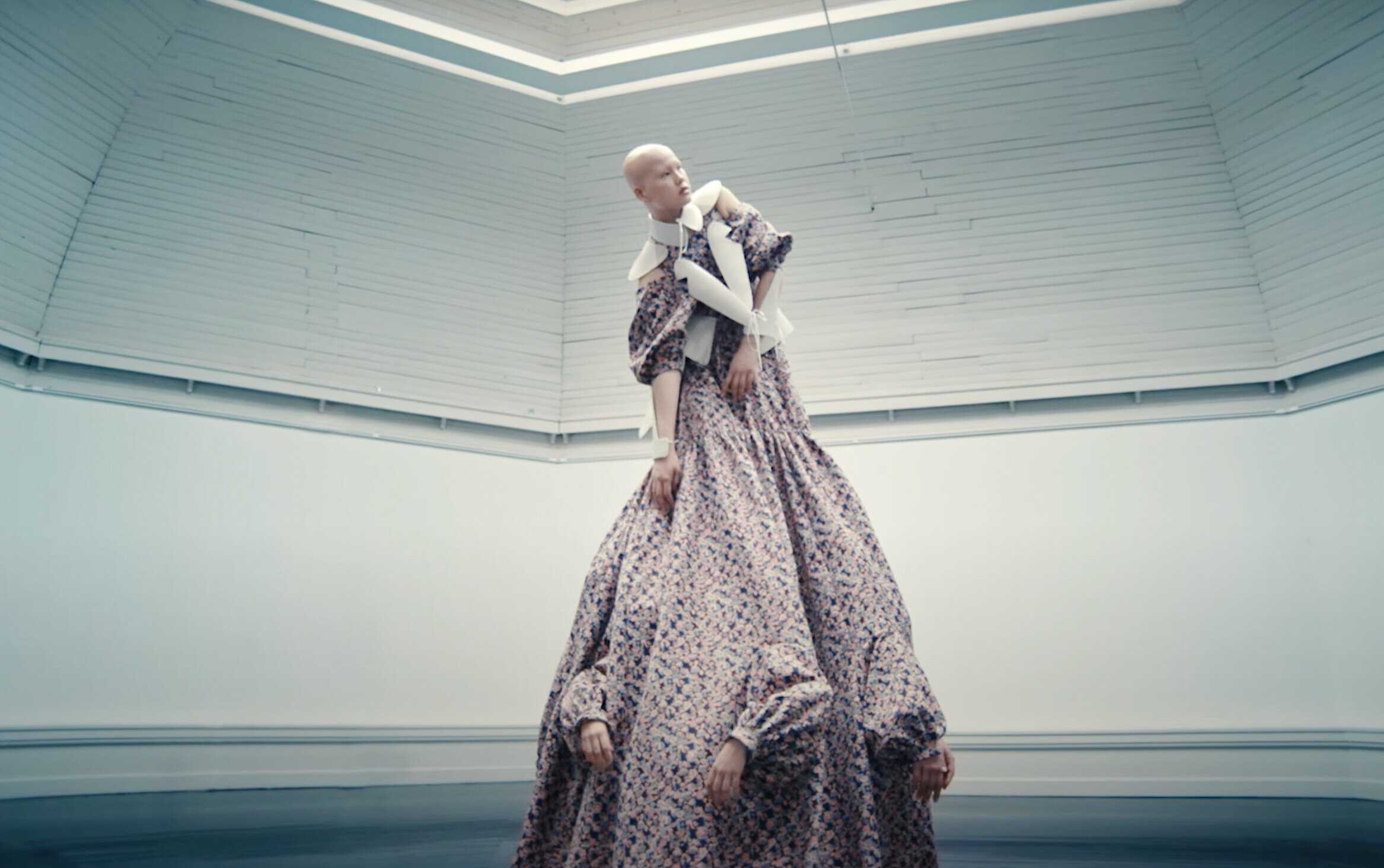
Spring/ Summer’s fashion presentation and runway show highlighted the global theme of solidarity, recovery and triumph. HENRIK VIBSKOV’s visual of a lifeless porcelain white, shaved head figure ascending from the floor to a looming performance art installation and a liberator of factory workers is inspiring . At the bottom of the ballon like skirt there were several arms. The puppetry and workers steady assembly line movements demonstrated a connection to handmade objects (manus) and machine made rendering (machina) reminiscent of the beginning of mass production. This was also a topic and concept which was explored by the Metropolitan Museum of Art’s Costume Institute in 2016.
The workers in the film and the show clocked in and proceed with a series of repeating tasks in a porcelain factory. A metaphor for what is strong, yet breakable, a material that can reveal cracks and flaws. The imagery of the tableaux was striking and reinforced the designers concept of we must all work together.
The imagery and narrative creatively recalled the 1911 Paris season of the Ballets Russes. The debut of Petrushka, choreographed by Michel Fokine with an orchestral sore and libretto by Igor Stravinsky. The title role was originally performed by Vaslav Nijinsky, it too was a story of triumph and a rising spirit looming largely. Puppets coming to life with a new consciousness seems like an ideal concept to draw upon in a fragile, fledgling, post pandemic world.
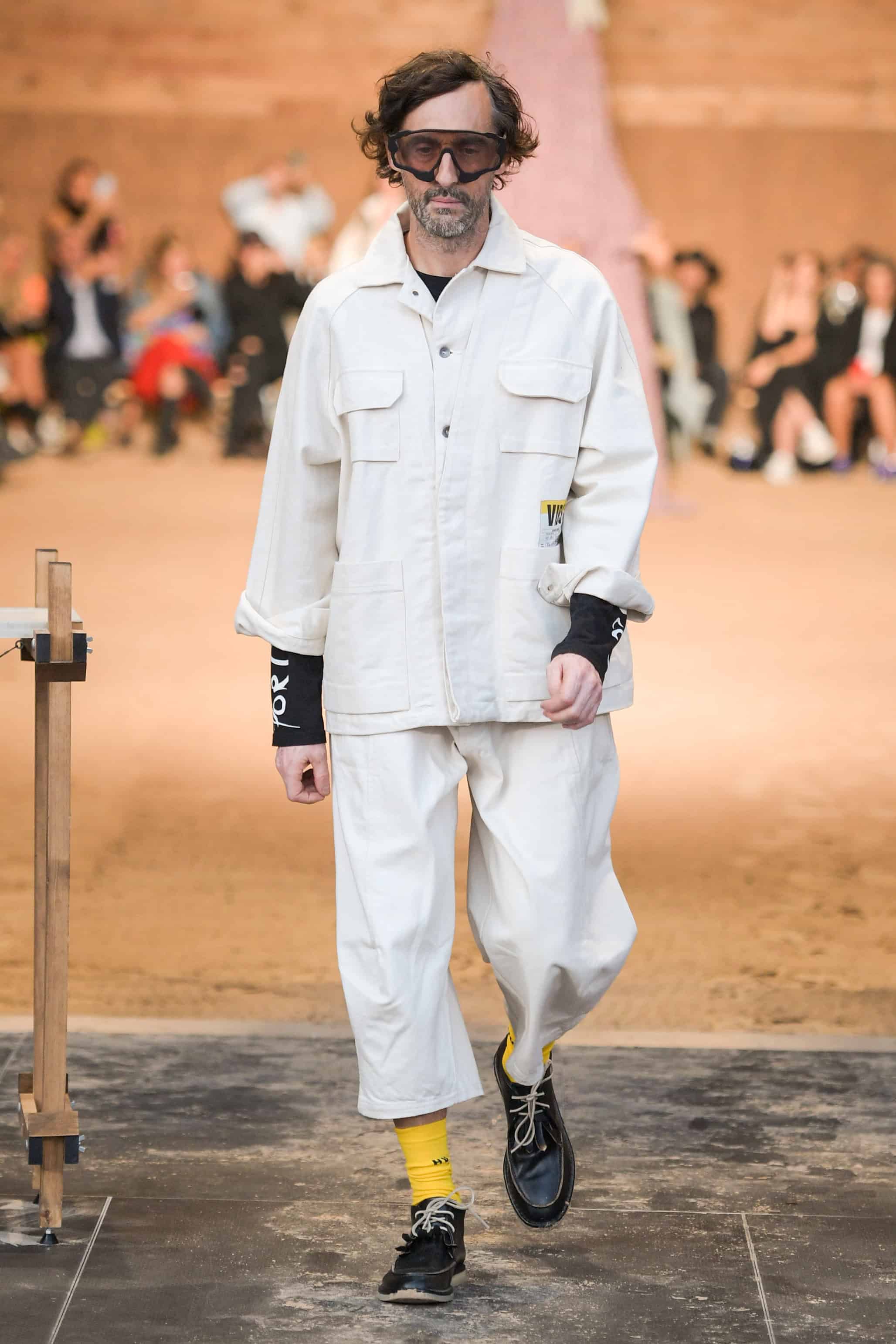
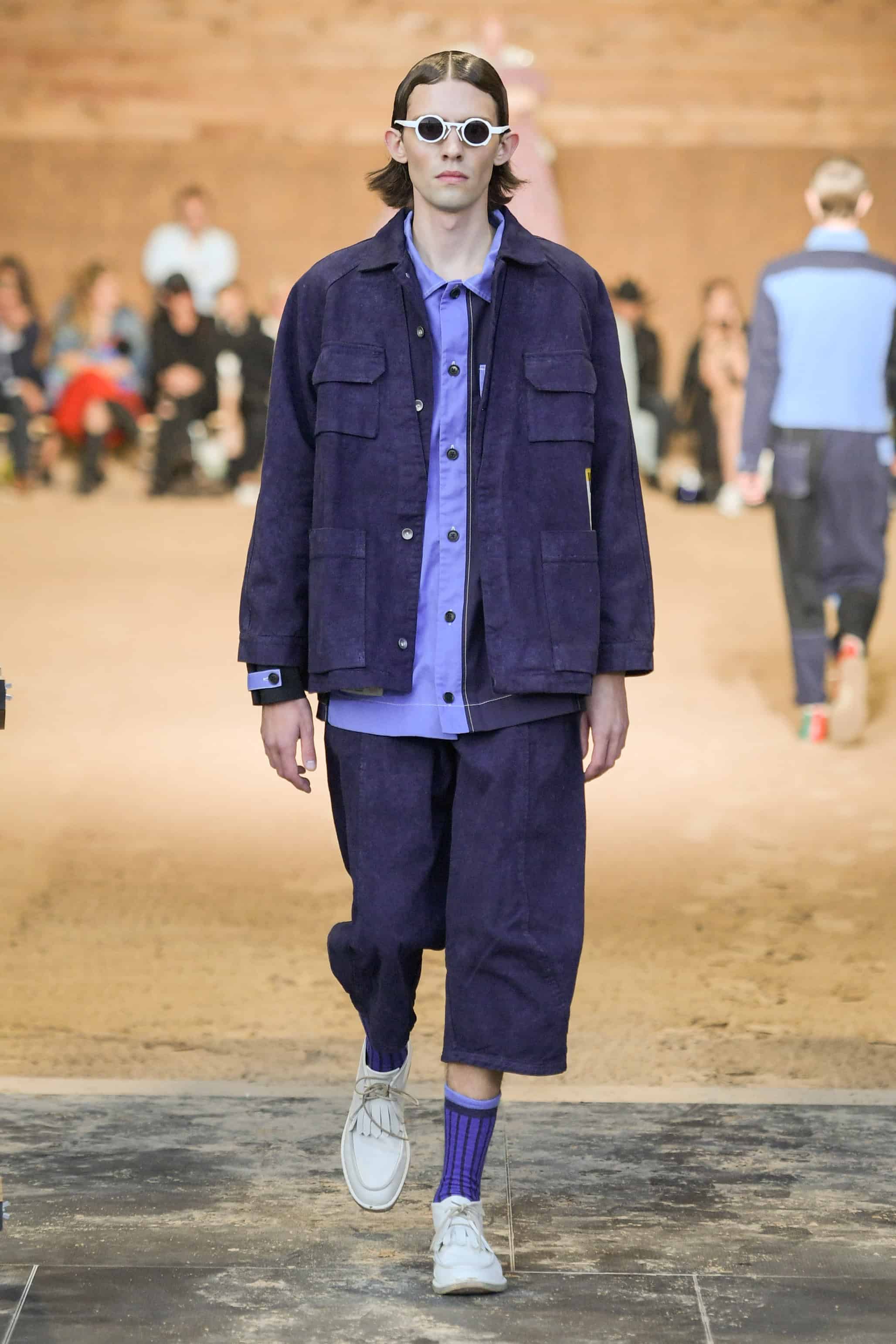
The liberated workwear highlighted a number of simple and beautifully made garments in a variation of fabric weights and a rich variety of woven textiles. The collection is hailed as being 93% sustainable, including organic and recycled materials . HENRIK VIBSKOV’s entire collection was well sourced and considered during the design and development process.
The fabrication included organic cotton, recycled polyester, recycled PET bottles, for outerwear garments and up-cycle cotton linter and cellulose fabrications. HENRIK VIBSKOV also included certificate holding materials form BCI (Better Cotton Initiative) ‘a global not-for-profit organization and the largest cotton sustainability program in the world.’ GOTS certification was also part of the collection’s accomplishment. They are ‘a leading textile processing standard for organic fibres, including ecological and social criteria, backed up by independent certification.’
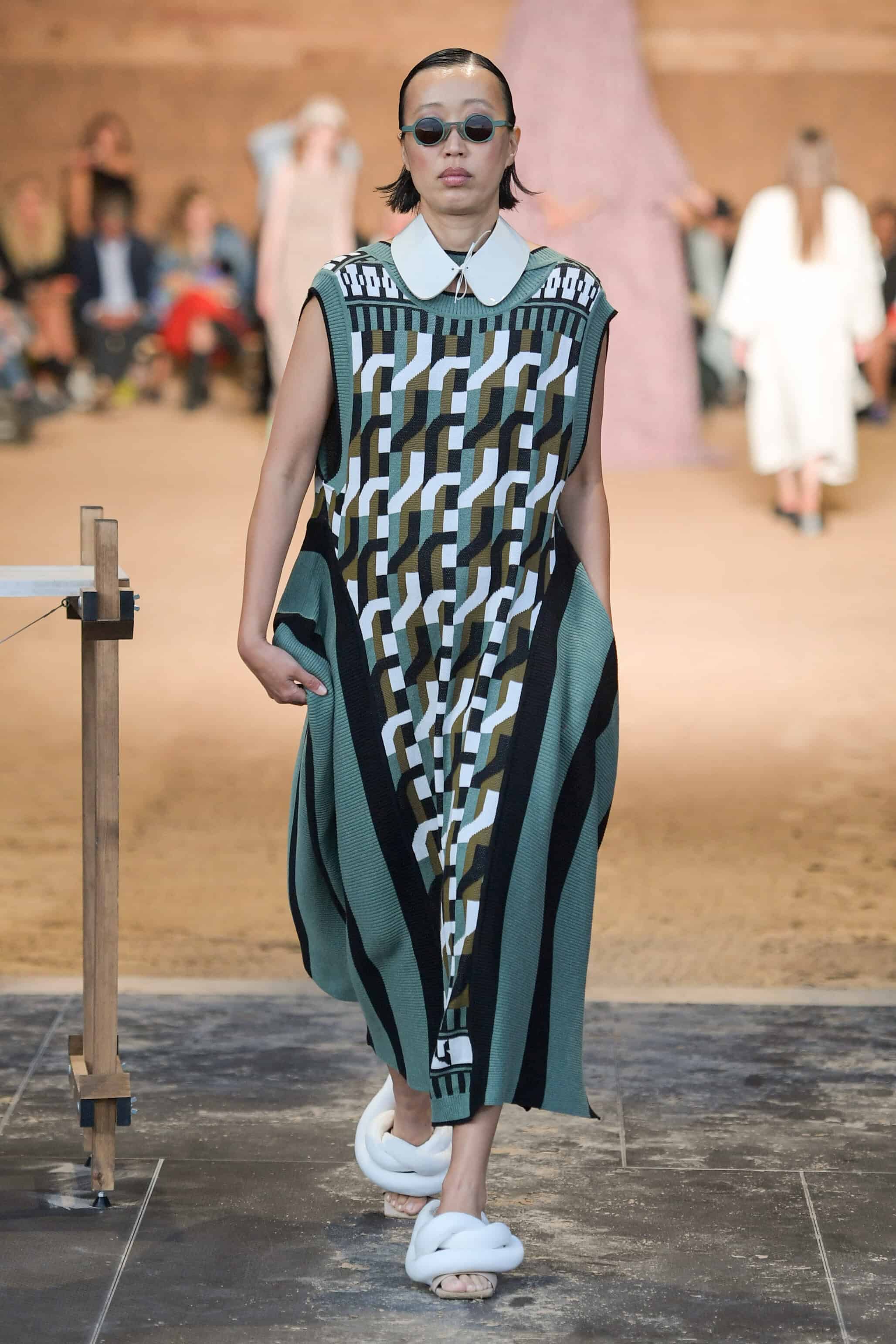
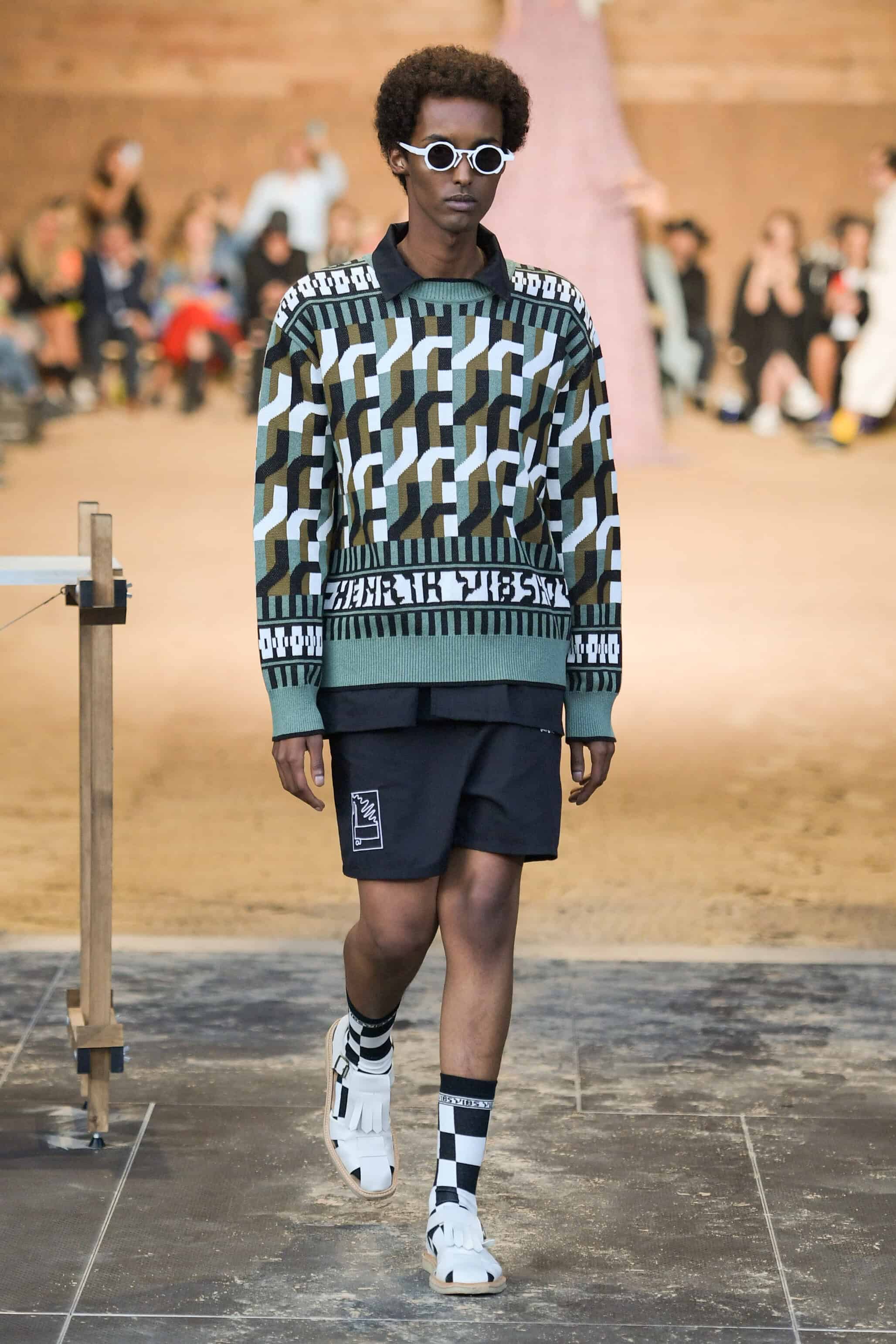
The theme of repetition and routine tasks were also echoed in the collections sense of color and arrangement of repeats in the textile. Closer observation reveals, they appear the same but have a number of well nuanced details and differences drawing from the collections larger creative concepts and message. The patterns on the Intarsia knits had a reference to the shapes of the porcelain the workers were handling in the film as well as a punch clock digital font. The utility motif was further stressed by attaching punch card labels at the knees of boiler suits and edge of shorts.The connection to porcelain and its modernist decorative arts heritage in Scandinavia and Copenhagen was followed in details such as lapels and collars resembling highly crafted minimalist jewelry.
This was a strong Spring/ Summer 2022 collection form HENRIK VIBSKOV in addition to being a much anticipated finale for Copenhagen Fashion Week.
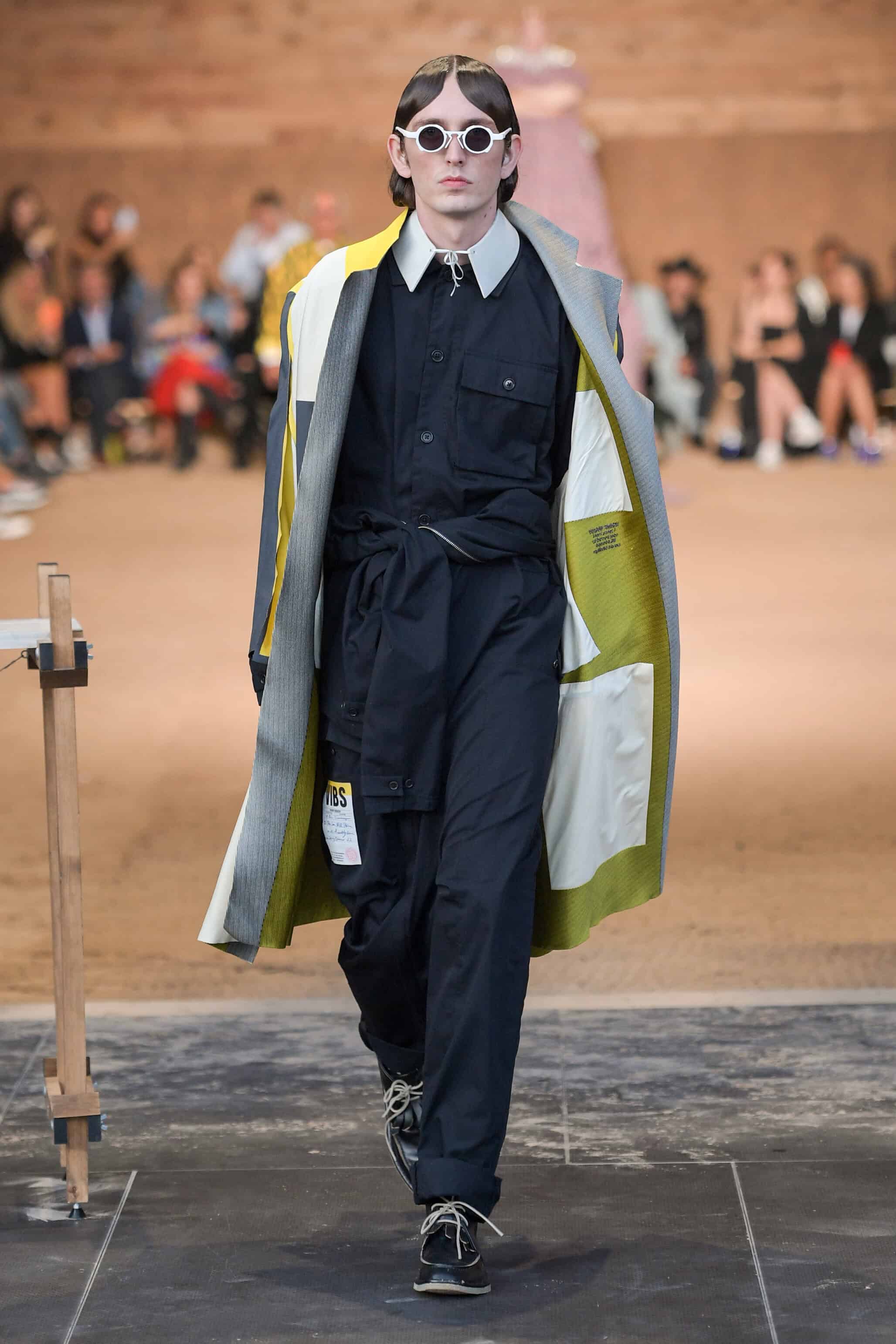
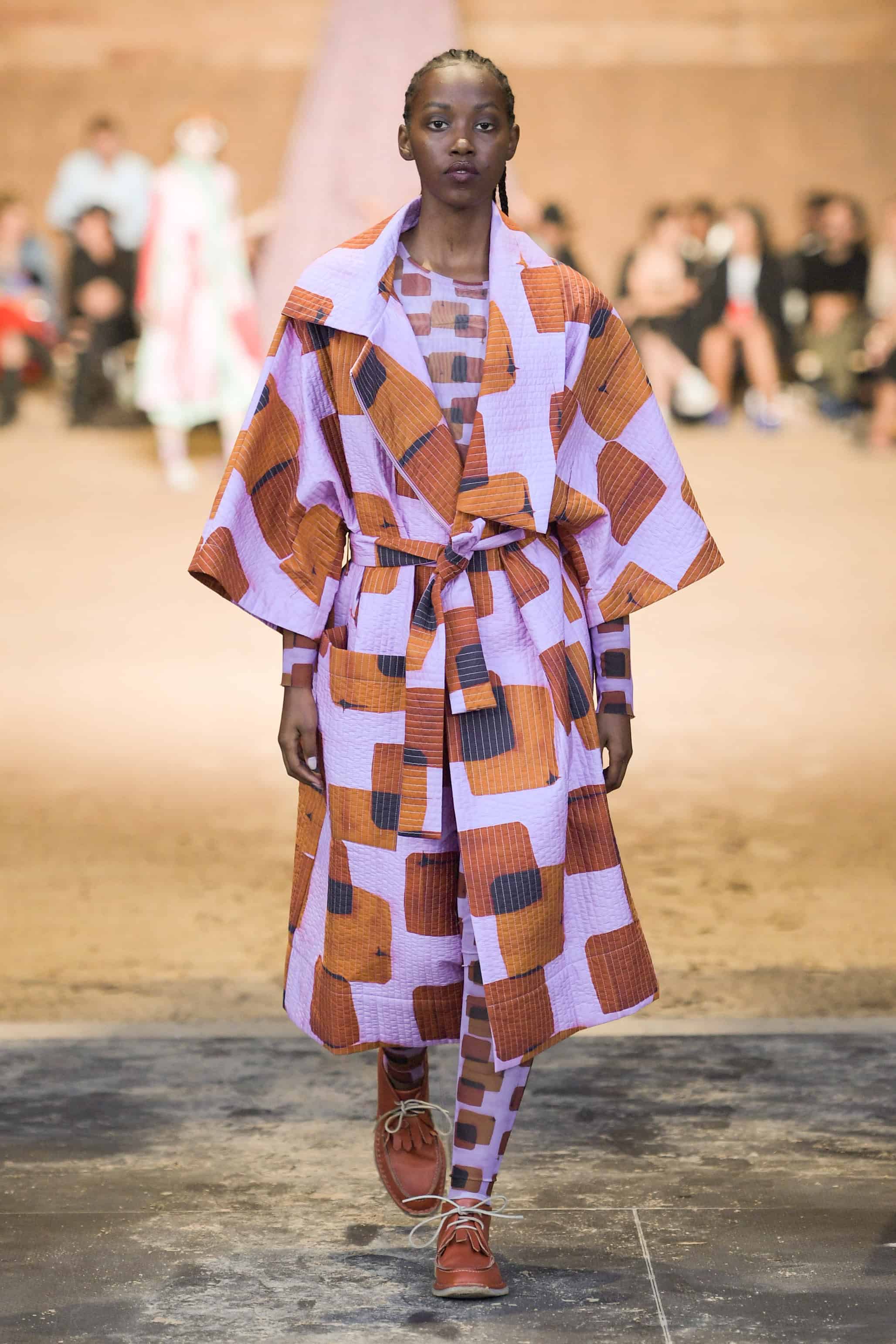
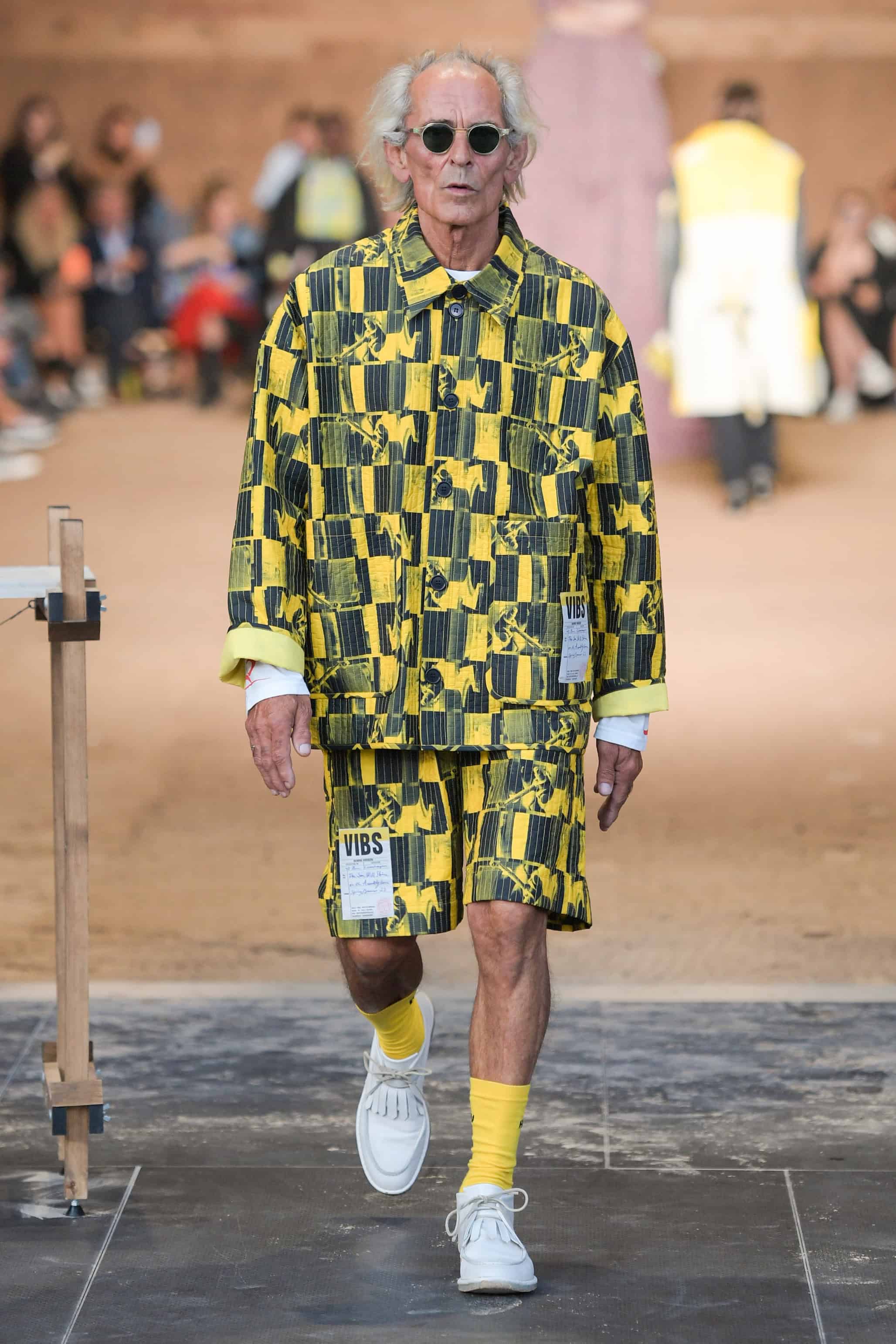
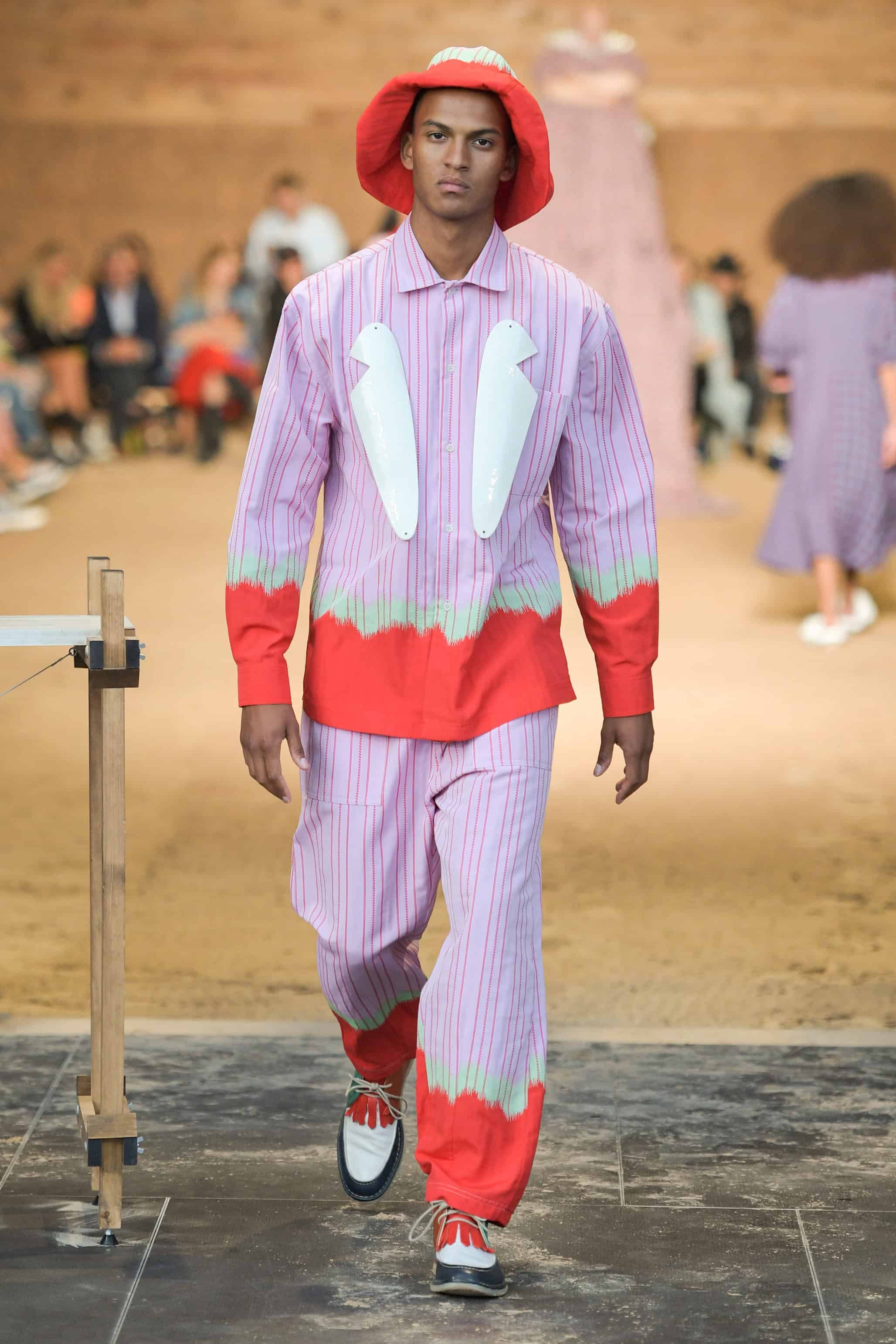
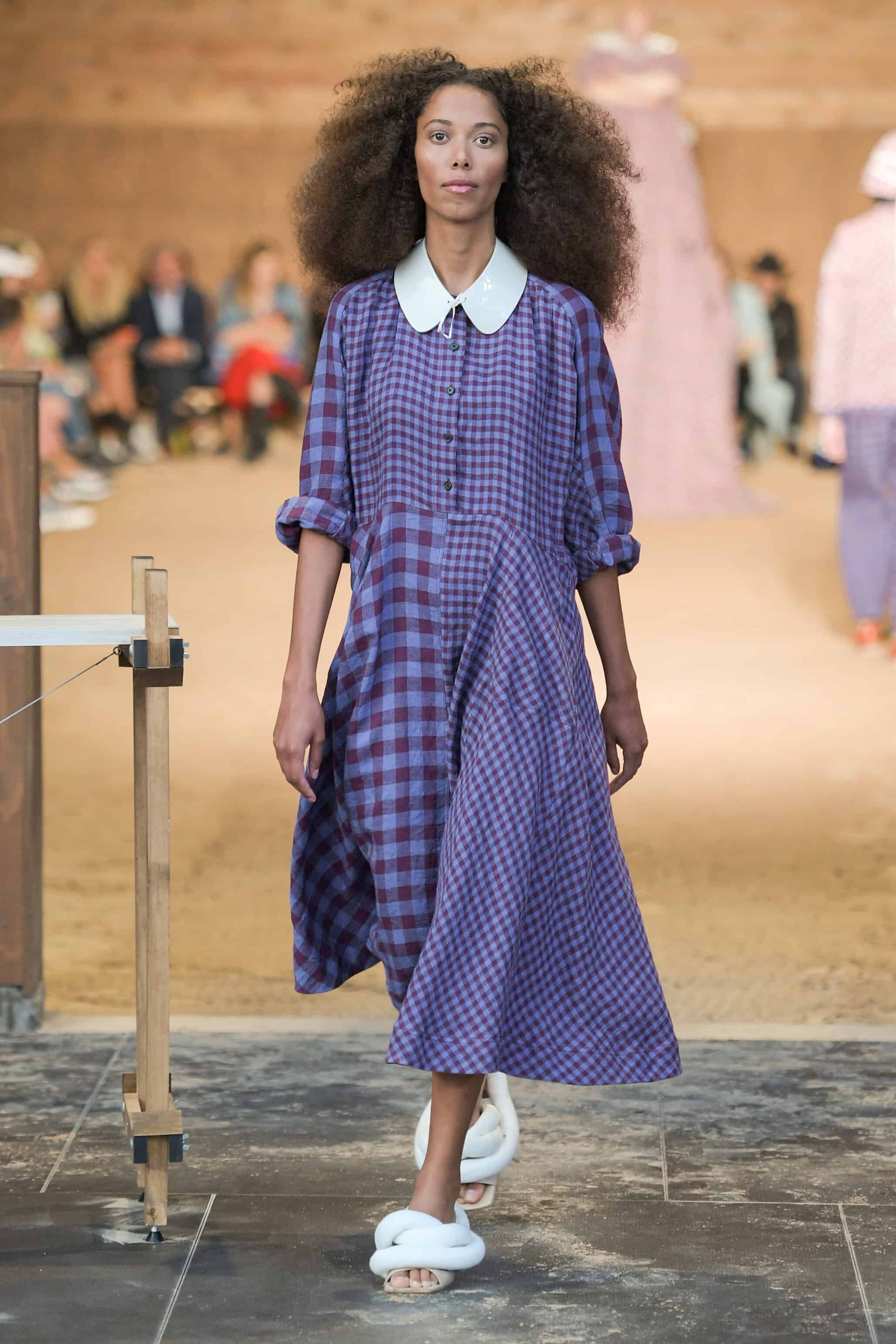
https://youtube.com/watch?v=93E4Y2LFSmo%3Fautoplay%3D0%26mute%3D0%26controls%3D1%26origin%3Dhttps%253A%252F%252Fwww.irkmagazine.com%26playsinline%3D1%26showinfo%3D0%26rel%3D0%26iv_load_policy%3D3%26modestbranding%3D1%26enablejsapi%3D1%26widgetid%3D1
Patrick Michael Hughes Senior Fashion Editor/ Men’s Fashion Writer
COPENHAGEN: Fashion, Decorative Arts, Production, Labor and Solidarity…
Share this post
Patrick Michael Hughes is a fashion and decorative arts historian. He writes about fashion culture past and present making connections to New York, London and Copenhagen's fashion weeks with an eye toward men's fashion. He joined IRK Magazine as a fashion men's editor during winter of 2017.
He is often cited as a historical source for numerous pieces appearing in the Wall Street Journal, The New York Times, CNN, LVMH, Conde Nast, Highsnobiety and others. His fashion career includes years as a fashion reporter/producer of branded content for the New York local news in the hyper digital sector. Patrick's love of travel and terrain enabled him to becoming an experienced cross-country equestrian intensively riding in a number of locations in South America Scandinavia,The United Kingdom and Germany. However, he is not currently riding, but rather speaking internationally to designers, product development teams, marketing teams and ascending designers in the US, Europe and China.
Following his BA in the History of Art from Manhattanville College in Purchase, New York he later completed graduate studios in exhibition design in New York. it was with the nudge and a conversation in regard to a design assignment interviewing Richard Martin curator of the Costume Institute at the Metropolitan Museum of Art he was encouraged to consider shifting his focus to the decorative arts with a concentration in fashion history and curation.
Patrick completed graduate studies 17th and 18th century French Royal interiors and decoration and 18th century French fashion culture at Musée Les Arts Decoratifs-Musée de Louvre in Paris. Upon his return to New York along with other classes and independent studies in American fashion he earned his MA in the History of Decorative Arts and Design from the Parsons/Cooper Hewitt Design Museum program in New York. His final specialist focus was in 19th century English fashion and interiors with distinction in 20th century American fashion history and design.
Currently, he is an Associate Teaching Professor at Parsons School of Design leading fashion history lecture-studios within the School of Art and Design History and Theory,
Read Next

